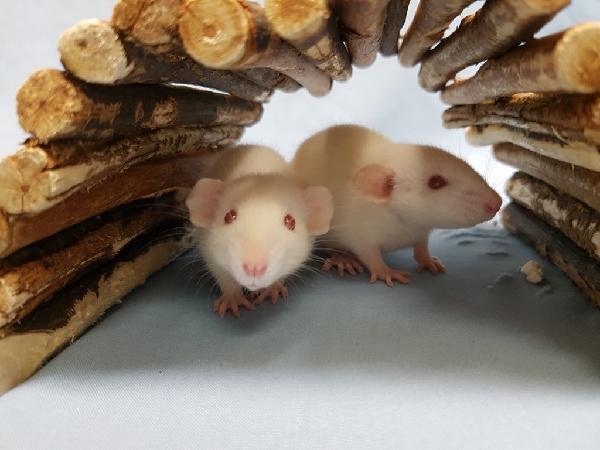Marmots are large, stocky rodents with bushy tails. Most marmots weigh ~4-5 kg – not much larger than an average house cat – but the largest animals of some species can weigh up to a whopping 14 kg. Marmots eat mainly grasses, but also leaves and insects. They dig burrows for shelter and hibernate through the winter in underground dens. They are often spotted sunbathing, foraging, grooming and even dustbathing. As a prey species, marmots tend to stay close to their burrow entrances and have a lookout on duty who will alarm or “whistle” if they feel threatened. Whistler is said to be named for the distinctive whistle of hoary marmots in their mountains! There are four species of marmot in B.C.
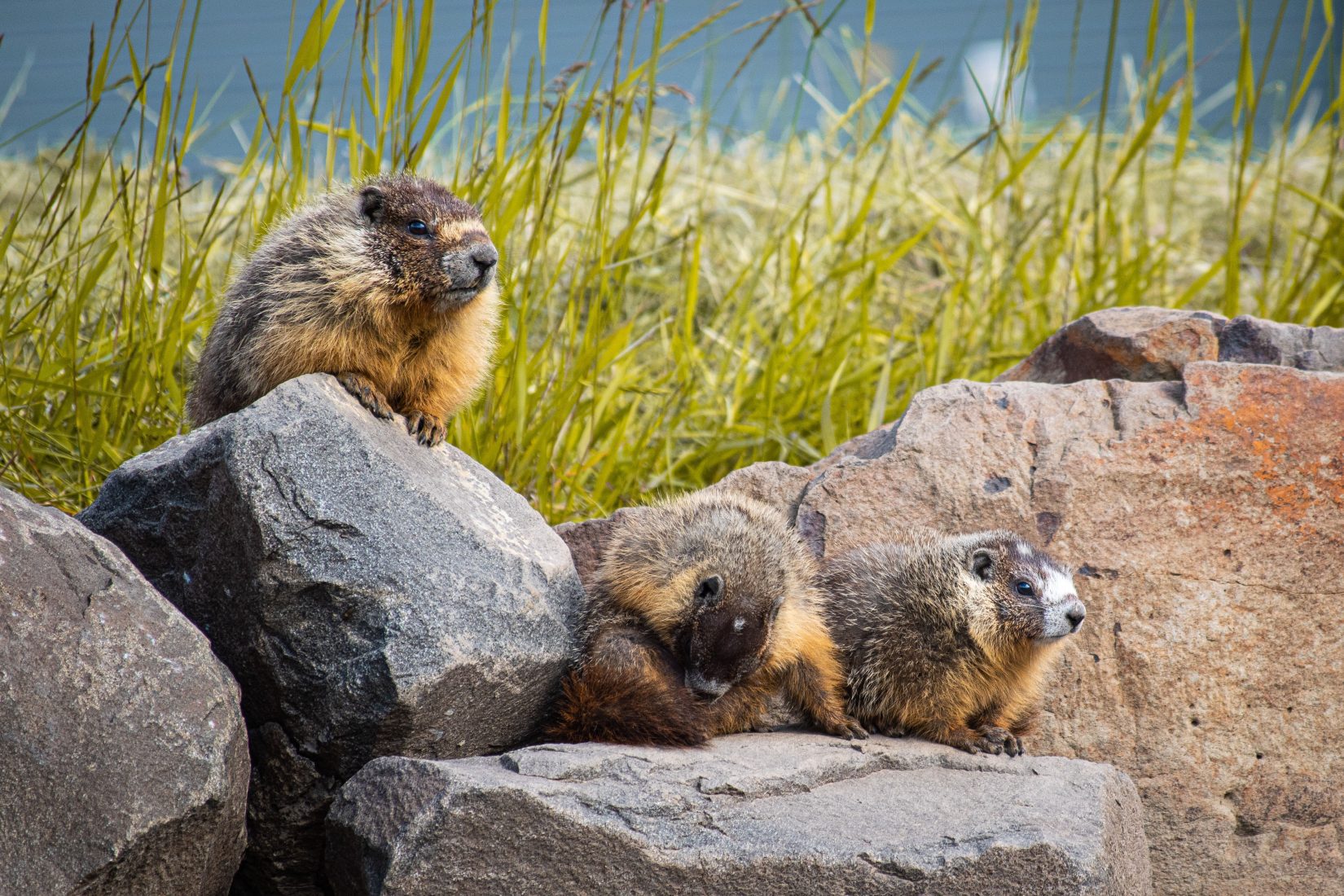
Yellow-bellied marmots are easily recognizable by the yellow or red-tinged fur of their bellies, and are found in the dry, low-elevation areas of southern-central B.C. They are well adapted to urban areas and don’t mind setting up burrows near human infrastructure.
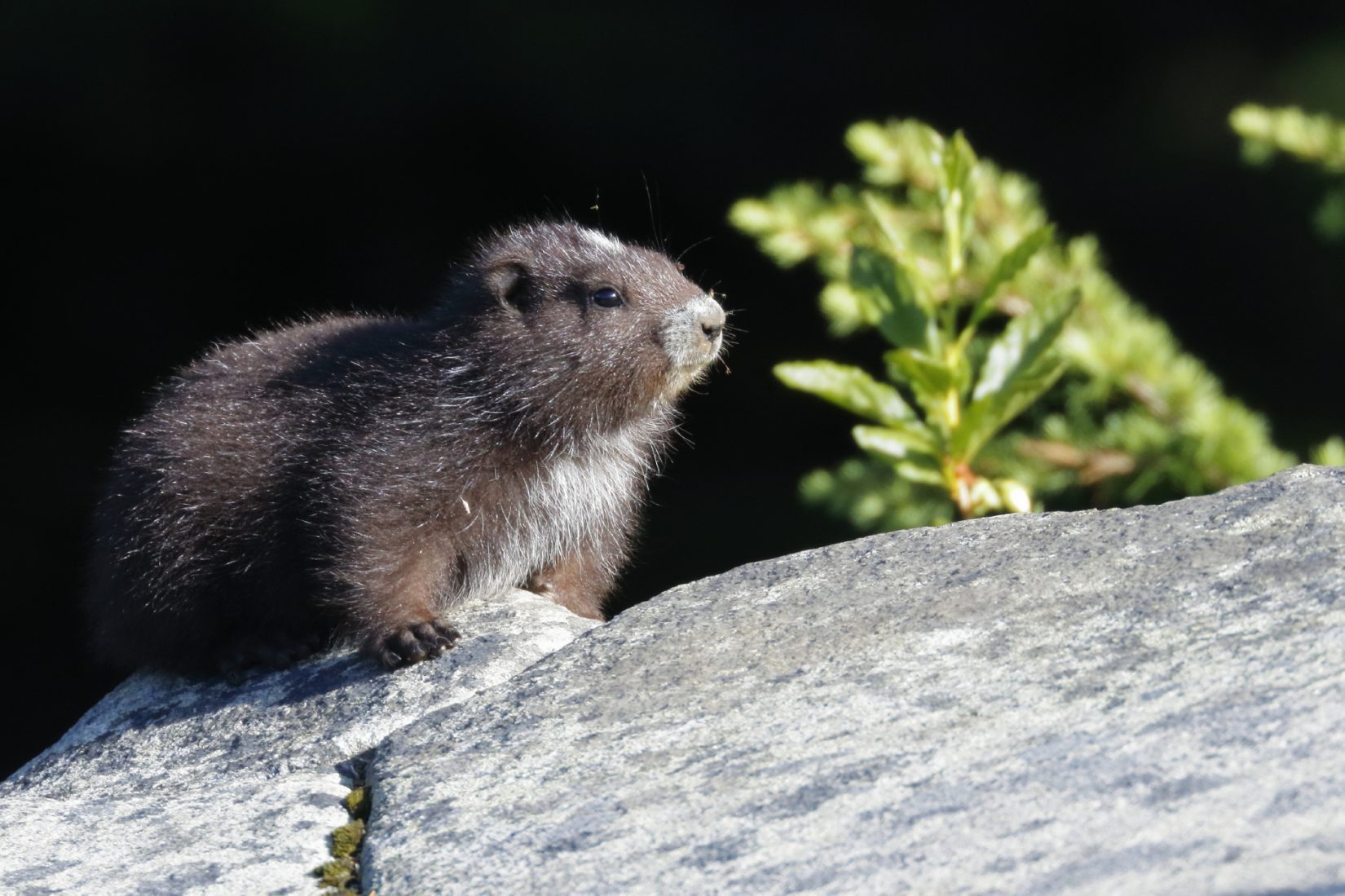
The Vancouver Island marmot is found in only a few small mountainous pockets on Vancouver Island. They have dark, chocolate-brown fur, with white noses, bellies and foreheads. These marmots are critically endangered – with fewer than 30 of them in the wild in 2004. Thanks to significant conservation recovery efforts, their population has increased to over 200 individuals in 2019.

Hoary marmots are closely related to Vancouver Island marmots. Hoary marmots are found more widely in high-elevation mountainous areas in B.C. They have dark, brown-black coloured bodies, with white noses and a white patch of fur between the eyes.
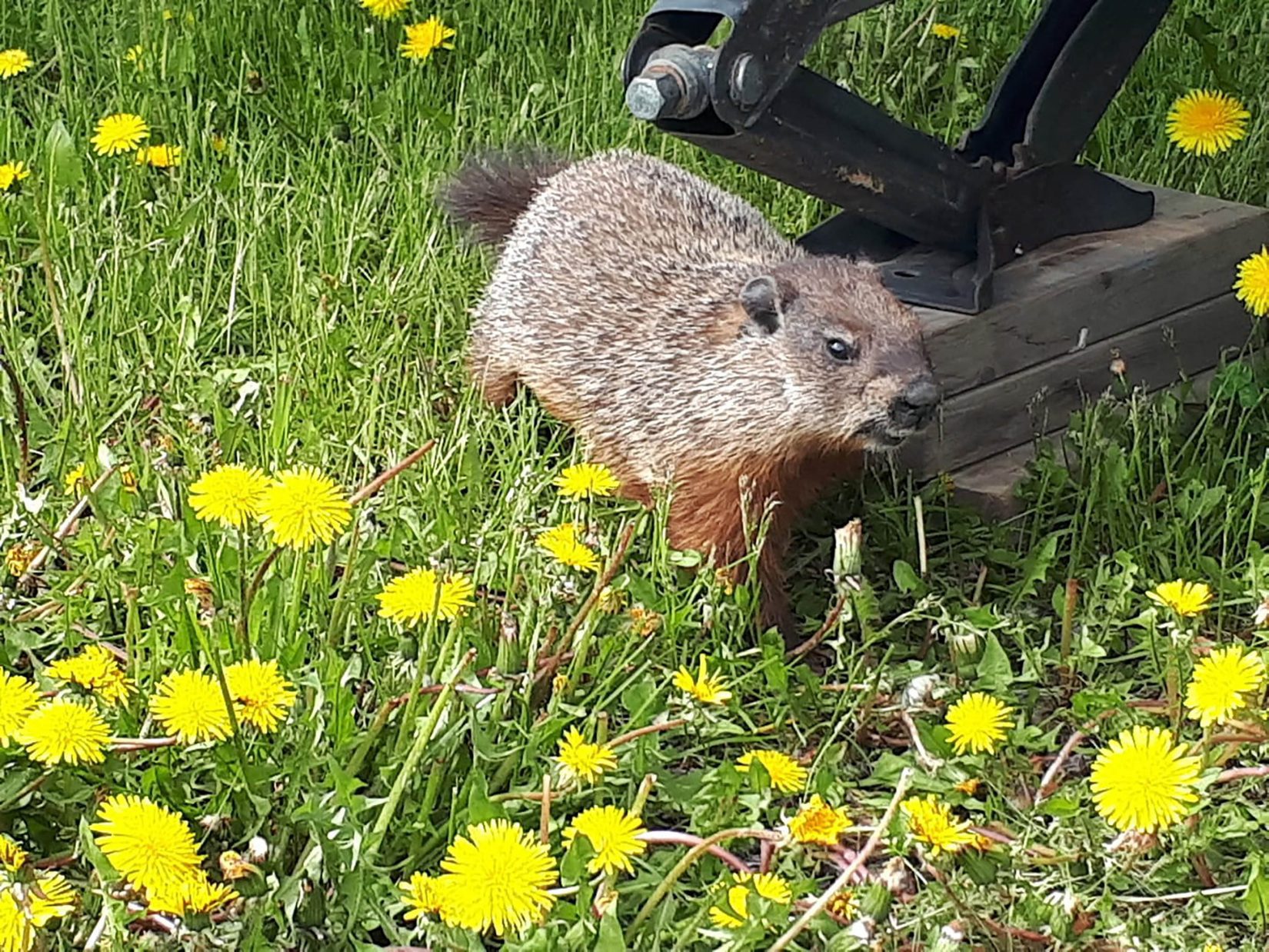
Woodchucks, or “groundhogs”, tend to be the smallest species of marmot in B.C. They have a brownish coat, with a rust or straw-coloured belly, and black feet. They prefer open lowland areas near forest edges, and can be found through most of the interior (excluding dry grasslands), and in the Columbia and southern Rocky Mountains.
Prairie dogs and ground squirrels are often mistaken for marmots, although they are much smaller than marmots. Prairie dogs typically weigh ~1 kg, while ground squirrels are even smaller at ~0.5 kg – less than 1/4 of the average marmot!
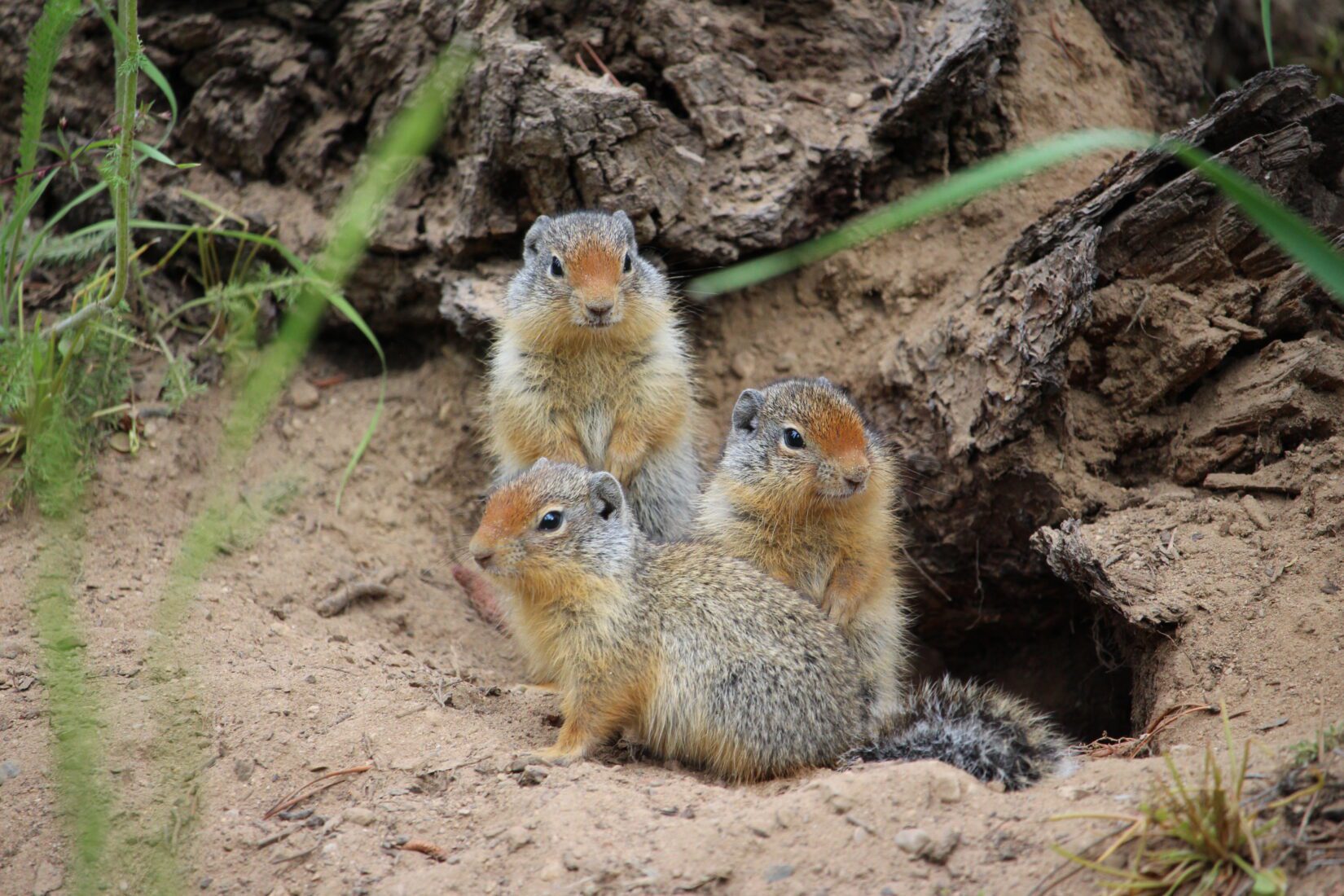
Coexisting with marmots
Marmots sometimes come into conflict with people when they dig burrows under or around structures, or in lawns and gardens. Yellow-bellied marmots are most likely to come into conflict because they are well adapted to living in urban areas. Some people fear that their burrows may create a tripping hazard, but the severity of conflicts with marmots is often exaggerated.
Read our best practice sheet for marmots.
All marmots are protected under the BC Wildlife Act, and Vancouver Island marmots are also protected under the Species at Risk Act. Except for yellow-bellied marmots and woodchucks, it is illegal to trap or relocate marmots without a permit. Although it is legal to trap yellow-bellied marmots and woodchucks if they are causing damage to property, trapping and relocating is not an effective solution. Relocated marmots may not survive without an existing burrow system, or they may just return to the original site. Marmots will continue to occupy sites as long as there is suitable habitat.
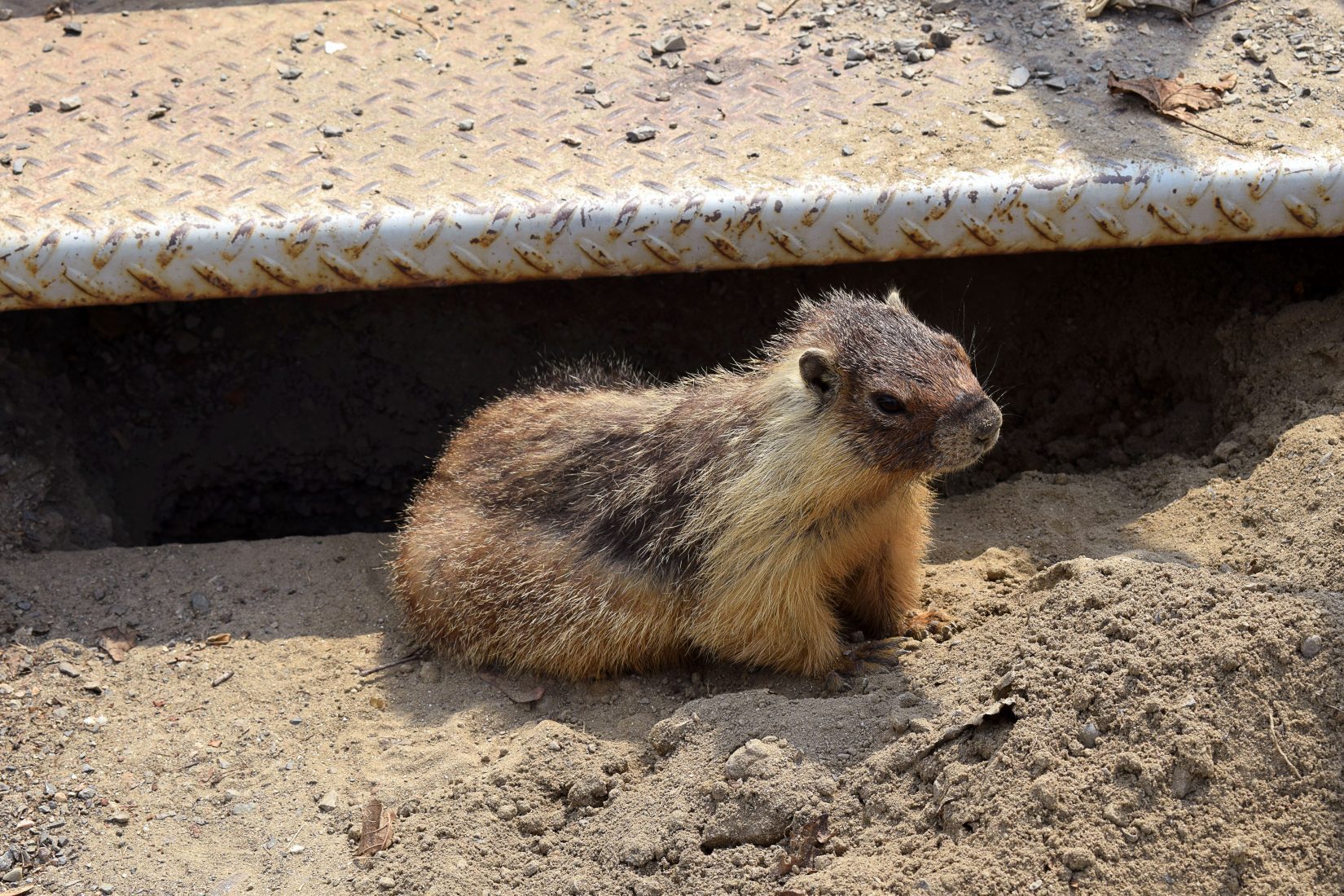
Consider these options for coexistence and exclusion:
- Don’t feed marmots – feeding wildlife leads to habituation and food conditioning, poor health for the animals, or even attracting more animals.
- Prevent access to buildings – repair or block holes around building exteriors and porches, and keep areas tidy.
- Change habitat quality – marmots like good sight-lines around burrow entrances. Prevent the colonies from expanding by placing high fences around a colony. Fences should be buried at least 30 cm.
- Deactivate old burrows – during the season when animals are active, check that burrows are empty by stuffing newspaper in burrow openings and monitoring for 48 hours. If empty, seal all openings with 1/2″ hardware cloth buried at least 30 cm deep. Do not undertake this work in winter during hibernation season.
“Hitchhiking” marmots
Marmots can also get into trouble by getting into the undercarriage of vehicles or trailers parked in hiking or camping areas. These marmots may inadvertently hitch a ride to a different area. Some yellow-bellied marmots have even been found hitching a ride across the ocean – staying hidden on vehicles while they’re on ferries!
If you live or visit areas where there are marmots, block off the underside of your vehicle using a large tarp and bungees. Before leaving, check your car thoroughly for possible hitchhikers. Check the underside of your vehicle and inside the hood with a flashlight. Loudly and firmly thump the sides and hood of your vehicle as you go through your check.
Where possible, and in consultation with a wildlife rehabilitator and conservation authorities, hitchhiking marmots should be treated for any injuries and relocated back home.
Rehabilitation
If you suspect a marmot is injured or orphaned, call our animal helpline for advice at 1-855-622-7722. Marmots should be alert and fast – you shouldn’t be able to catch a healthy marmot. If marmots appear slow, lethargic or un-moving when you approach, that’s a good sign they need to see a wildlife rehabilitator right away.



